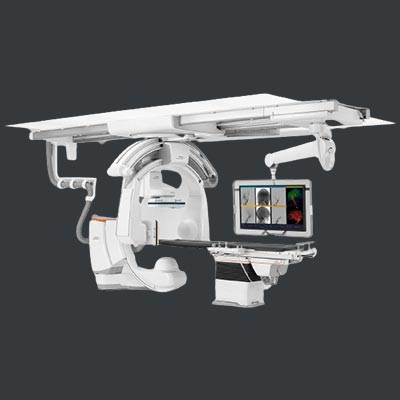In the realm of medical advancements, Interventional Radiology (IR) emerges as a cutting-edge discipline that seamlessly blends radiology imaging with minimally invasive procedures. This revolutionary field plays a pivotal role in diagnosing and treating a myriad of medical conditions, offering distinct advantages over traditional surgical methods. Let's delve into the intricate world of Interventional Radiology, exploring how it performs, its diverse applications, and the compelling advantages it brings to the forefront of modern medicine.
What is Interventional Radiology?
Interventional Radiology is a specialized branch of radiology that employs advanced imaging techniques to guide minimally invasive procedures. Unlike conventional surgery, which often requires large incisions, IR harnesses the power of real-time imaging, such as fluoroscopy and ultrasound, to navigate and treat medical conditions through small incisions or catheters. This innovative approach minimizes trauma to the body, accelerates recovery, and reduces the risk of complications.

How Does Interventional Radiology Perform?
The cornerstone of Interventional Radiology lies in its ability to merge imaging technology with therapeutic interventions. Common procedures include angioplasty, embolization, biopsy, and stent placement, among others. During these procedures, radiologists utilize imaging guidance to precisely navigate catheters, needles, or other instruments to the targeted area inside the body. This real-time visualization ensures accuracy and enhances the overall safety of the intervention.
benefits of Interventional Radiology
Vascular Interventions
Interventional Radiology is widely employed in the management of vascular conditions. Angioplasty and stent placement are routine procedures for treating narrowed or blocked blood vessels, promoting improved blood flow and preventing complications such as strokes or heart attacks.
Cancer Treatment
IR plays a crucial role in oncology, offering minimally invasive alternatives to surgery. Procedures like tumor ablation and embolization help in treating certain cancers by destroying or blocking the blood supply to tumors, reducing their size or preventing further growth.
Pain Management
For individuals experiencing chronic pain, Interventional Radiology provides pain-relief solutions. Nerve blocks, spinal injections, and other techniques can alleviate pain and improve the quality of life for patients suffering from conditions like chronic back pain.
Gastrointestinal Interventions
In the gastrointestinal realm, IR techniques are utilized for procedures such as cholecystostomy (gallbladder drainage), gastrostomy (feeding tube placement), and liver interventions, offering less invasive alternatives to traditional surgeries.
Advantages of Interventional Radiology
Minimally Invasive
One of the primary advantages of IR is its minimally invasive nature. The use of small incisions or catheters reduces trauma to the body, leading to quicker recovery times, decreased pain, and lower risk of infection.
Faster Recovery
Patients undergoing Interventional Radiology procedures typically experience shorter hospital stays and faster recovery times compared to traditional surgery. The reduced impact on the body allows for a quicker return to normal activities.
Lower Risk of Complications
By avoiding large incisions, Interventional Radiology inherently lowers the risk of complications associated with surgical procedures. This makes it a safer option for individuals with comorbidities or those deemed high-risk for traditional surgery.
Outpatient Procedures
Many Interventional Radiology procedures can be performed on an outpatient basis, eliminating the need for extended hospital stays and reducing healthcare costs.
Interventional Radiology stands as a beacon of progress in modern healthcare. Its ability to merge imaging precision with minimally invasive interventions revolutionizes the way medical conditions are diagnosed and treated. From vascular interventions to cancer treatments, IR offers a diverse array of applications, all underpinned by the compelling advantages of minimal invasiveness, faster recovery, and reduced risk of complications. As technology continues to evolve, the future of Interventional Radiology holds promise for further innovations, shaping a healthier and more efficient landscape for patient care.
